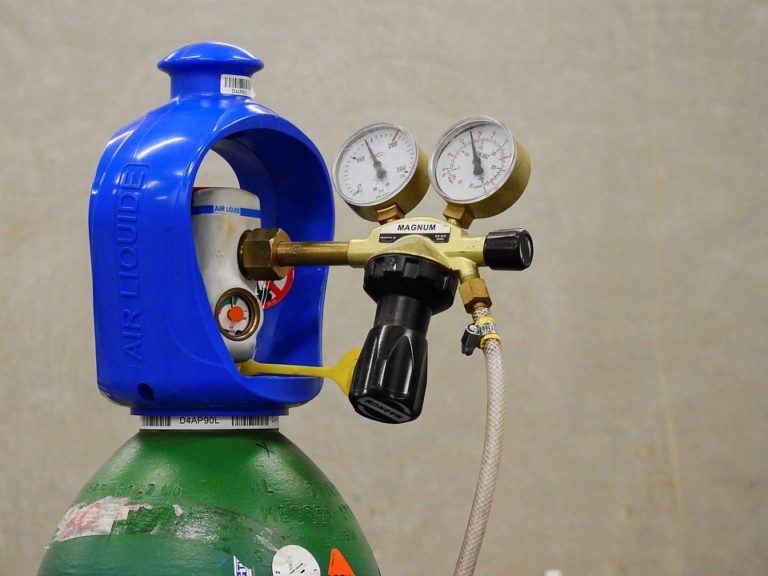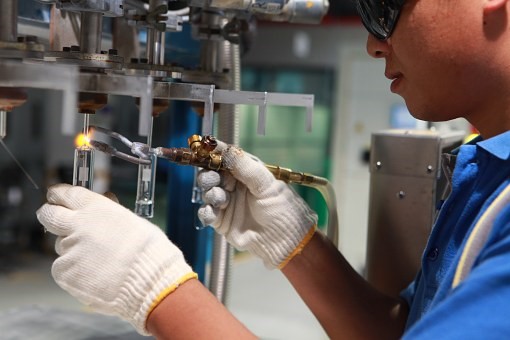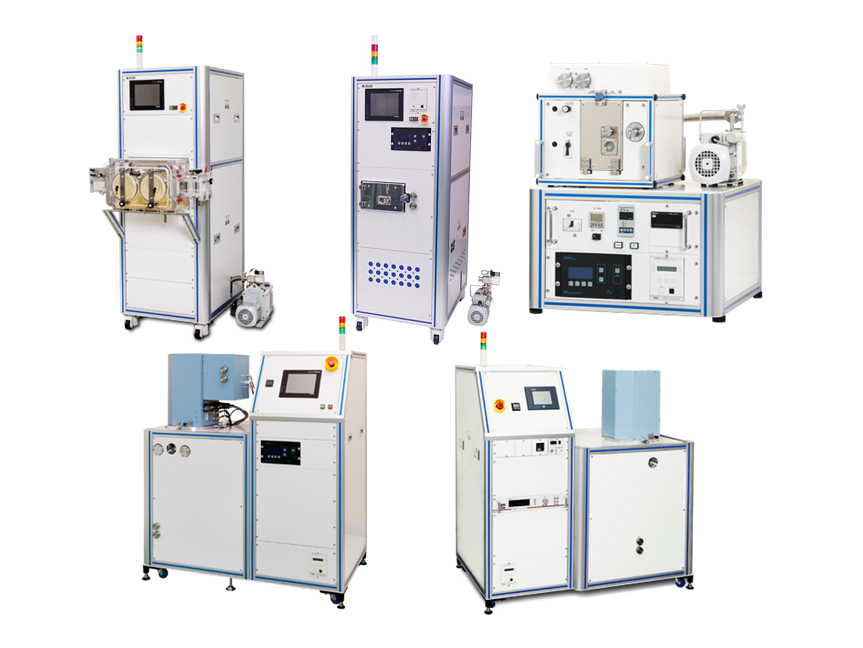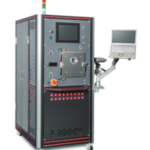
Argon is essential for deposition in sputtering equipment.
Ar may not be a word you see often, but it is no exaggeration to say that our daily lives are supported by argon.
This article provides an easy-to-understand explanation of such argon.
Argon like a lone wolf who doesn’t flock.

When elements stick together, it is called a chemical reaction, but argon is an element with the characteristic that causes almost no chemical reactions.
For example, iron.
When iron is burned, it is charred to a black-colored iron oxide.
This is because a chemical reaction took place when iron and oxygen combined.
Leaving iron in the air for many years or leaving it wet with water will cause red colored rust on the iron.
This is also the result of iron and oxygen combining more slowly than when they were burnt, : a chemical reaction took place.
Oxygen and other elements in the air are easily chemically altered, but argon does not easily combine with other elements.
The name argon comes from the Greek word meaning ‘inactive’ (from Wikipedia) because, unlike other elements, it does not easily cause chemical reaction.
Argon can be seen as a solitary element, like a lone wolf.
In addition to argon, nitrogen is also less prone to chemical reactions. However, nitrogen does react chemically at high temperatures, whereas argon, by comparison, is less likely to react chemically even at high temperatures.
Argon with great success

Argon has been a major industrial success due to its lone loner nature.
For example, bronze statues sometimes seen in towns and cities.
When casting molten copper, the molten copper is covered (shielded) with argon gas to prevent chemical reactions that would occur if the copper were exposed to oxygen or nitrogen in air.

Similarly, when welding aluminum or stainless steel, covering (shielding) the welding surface with argon prevents oxygen and nitrogen from combining to discolor the surface and keep it beautiful.
Refining of titanium and silicon is also carried out in argon gas atmosphere rather than air to prevent oxidation and nitridization.
Moreover, Argon (gas) is also used in a wide range of other applications, such as in fluorescent lamps and light bulbs.
Argon gas is used to great effect in a variety of situations, thanks to its property of less prone to chemical reactions.
Argon gas is also used in sputtering equipment

Argon gas is also used in sputtering equipment for film deposition.
To give a very simple explanation of how a sputtering device works, it is a device that applies atoms of argon gas to a target with tremendous force and creates a film with the atoms ejected from the target, but if anything other than argon gas is used, a chemical reaction will take place.
However, in the case of argon gas, when it hits the target, it does not react chemically, so the atoms of the target become a film as it is.
Incidentally, argon is also present in trace amounts in the air we breathe every time.
In fact, argon is an essential part of our daily lives.
The films are deposited using sputtering equipment to take advantage of these characteristics.




